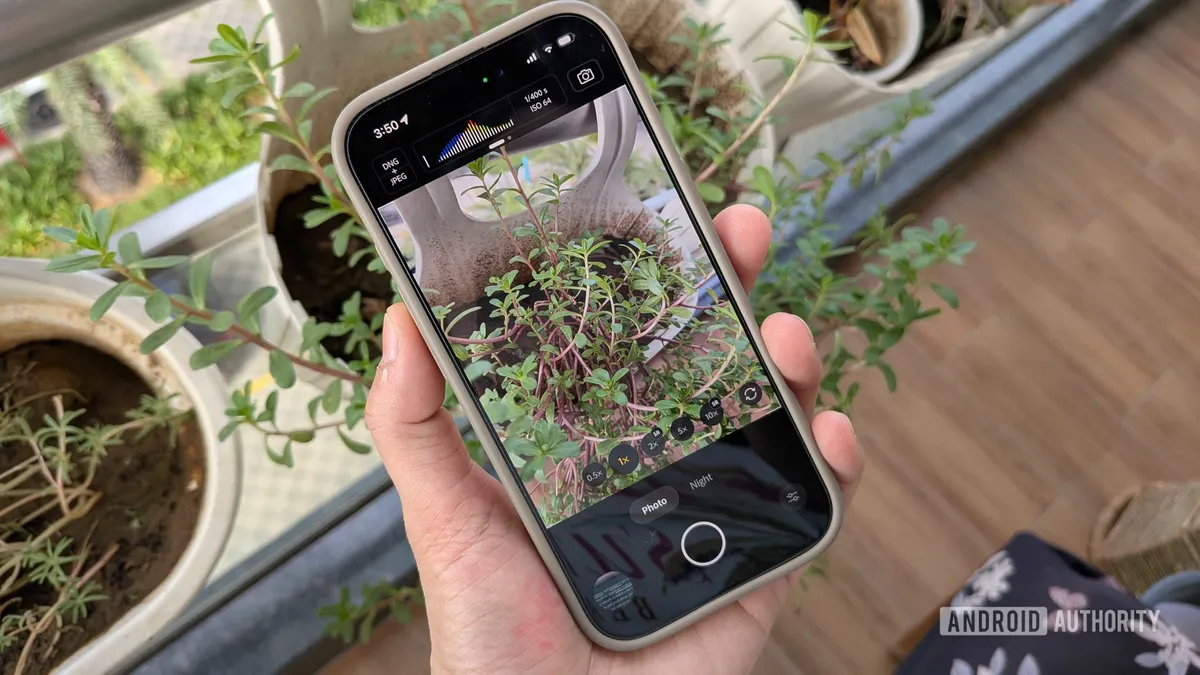
Adobe has officially launched the Indigo camera app on the Apple App Store, marking a significant addition to the realm of smartphone photography. This innovative app is backed by two of the most influential figures in the industry, Marc Levoy and Florian Kainz, who previously shaped the renowned Google and Pixel Camera apps. While the app is currently exclusive to iOS, the team has announced plans for an Android version, though no specific release date has been provided.
The Pixel Camera app, formerly known as Google Camera, has set the standard for smartphone photography, primarily due to its advanced features like HDR+ processing and Super Res Zoom. Indigo aims to build upon this legacy, offering users a powerful tool for capturing stunning images. Levoy and Kainz describe Indigo as a computational photography camera app that emphasizes high-quality images, natural aesthetics, and complete manual controls.
Indigo utilizes an advanced approach similar to the original HDR+ method by Google. However, what sets it apart is its ability to combine up to 32 images per shot, compared to Google’s 15. This means that Indigo can achieve better results, particularly in reducing blown-out highlights and minimizing noise in shadow areas. Levoy and Kainz note that while capturing an image may take a bit longer than traditional methods, the payoff is a significantly improved photograph.
Adobe has provided comparisons between images taken with a standard iPhone camera and those captured with Indigo, showcasing the marked difference in noise reduction and overall image quality. By employing its multi-frame technique, Indigo requires less denoising, allowing natural textures to shine through, even if that means retaining some noise in the final picture.
Another standout feature from the Pixel Camera that Indigo incorporates is Super Res Zoom. Launched with the Pixel 3 series, this technology combines multiple frames and natural hand shake compensation to enhance hybrid zoom capabilities. Indigo extends this feature to iPhone Pro Max models, enabling users to capture improved 2x and 10x zoom images, clearly marked with “SR” icons on the zoom buttons.
Indigo distinguishes itself from other camera apps by focusing on achieving a more natural look. It avoids heavy tone mapping, aggressive smoothing, and over-sharpening, which can often detract from the authenticity of the image. Unlike many competitors that apply significant adjustments through semantic segmentation (like object detection), Indigo opts for subtle enhancements, allowing for a more organic photographic experience.
The app also features a night mode that intelligently combines multiple one-second exposures when a tripod is detected, while still accommodating handheld photography. This functionality aligns with trends seen in various OEM camera applications, enhancing usability across different shooting conditions.
Indigo is packed with features such as zero shutter lag, professional manual controls (ISO, shutter speed, exposure, and white balance), and a long exposure mode that supports RAW output. Users can even customize the number of frames captured for each image, providing flexibility for photographing moving subjects.
Currently, the Indigo app is available on the App Store, but users will need an iPhone with at least 6GB of RAM. Specifically, the app is compatible with all Pro and Pro Max iPhones from the 12 series onward, as well as non-Pro iPhones starting from series 14. Adobe has confirmed that an Android version is under development, and future updates may include various alternative looks, a high-quality portrait mode, video mode with computational features, and panorama options. The company is also considering bracketing options for exposure and focus, which would be particularly useful for astrophotography.
In conclusion, the launch of the Indigo camera app by Adobe signifies a promising evolution in smartphone photography, particularly with the expertise of Levoy and Kainz at the helm. Enthusiasts are hopeful that the Android version will be released soon, allowing even more users to experience its innovative features.
If you have any tips or insights, feel free to reach out to us at news@androidauthority.com. You can choose to remain anonymous or receive credit for your information.